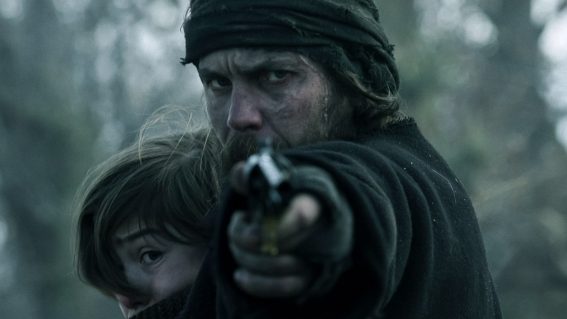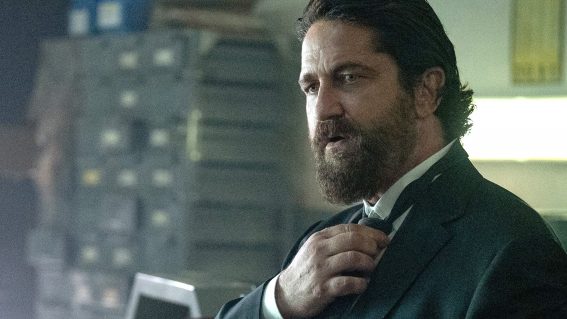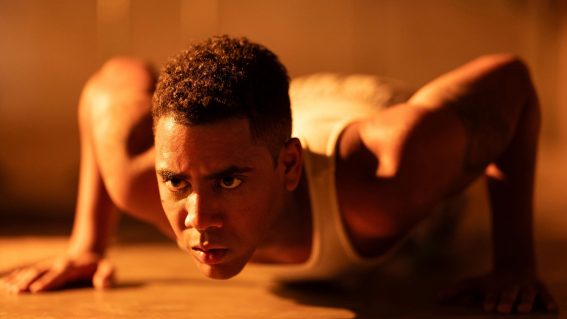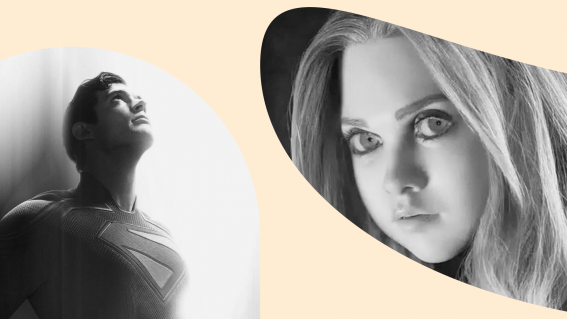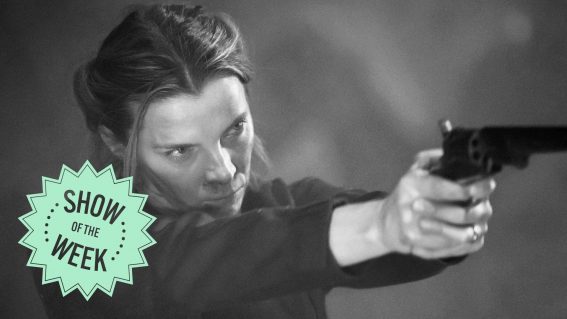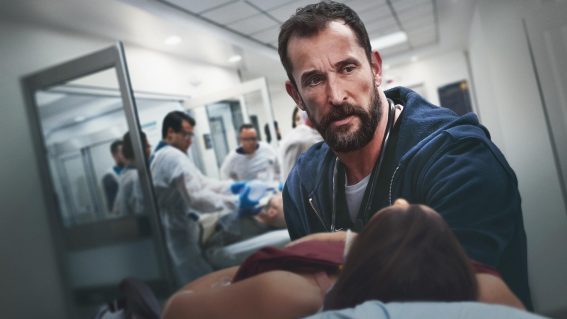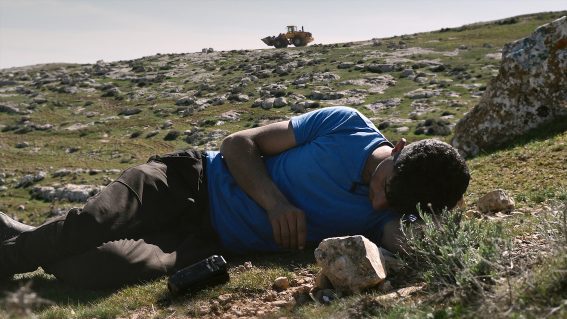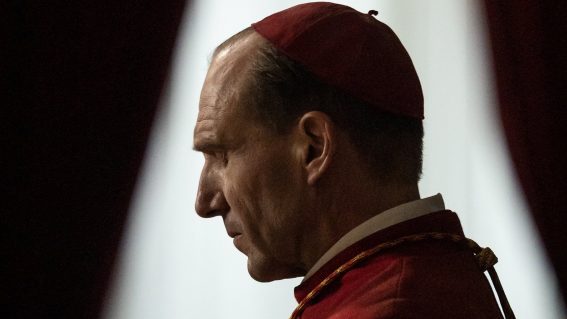Colombia’s ‘Cocaine Godmother’ glamorously comes to life in Netflix’s Griselda
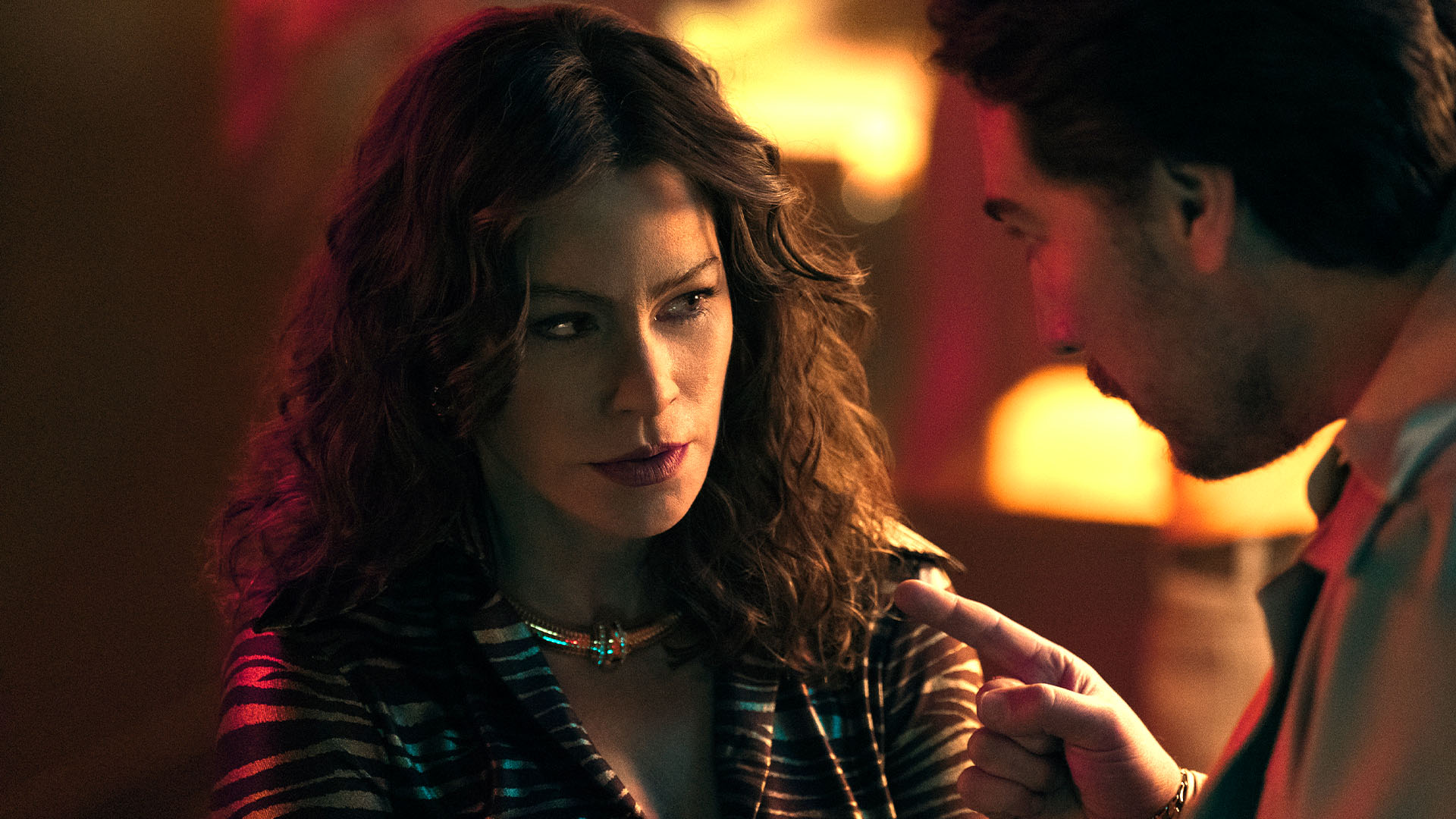
Sofía Vergara leads this six-part limited series on the life of Griselda Blanco, who created one of the most profitable drug cartels in history. Cat Woods digs into the show’s grit and glamour – speaking to co-star Martin Rodriguez and the show’s costume designer.
Though many in this part of the world may be ignorant of the Colombian “Cocaine Godmother”, or “Black Widow” Griselda Blanco, her extraordinary exploits are notorious in Colombia. Bringing her tale to the screen has been a decades-long project for Sofía Vergara, who has—triumphantly—seen her vision realised for Netflix.
Early in the six-episode series, Vergara as Blanco appears in a Miami nightclub splattered in blood from the several dead drug dealers she’s just survived. In a button-up shirtdress, heels and thick burgundy lipstick reflecting the height of suburban fashion in the late 1970s.
The resident cocaine king, and the man who has stolen the only kilo of cocaine she managed to smuggle from Medellin, eyes her over and says, “You look…”
“Like a housewife covered in blood?” she suggests.
Looks are deceiving. Vergara has transformed her own Hollywood teeth, nose and perfectly styled hair into the far less starry Griselda Blanco. One of Colombia’s most notorious drug cartel founders, Blanco was also a victim of brutal men, not least the men closest to her. In the first episode of Netflix’s brilliant new series, which Vergara directed and produced, Blanco is undermined and assaulted by various men including the father of her three children, a sleazy, small-time dealer, and her brother-in-law. Blanco might front with grandes kahunas (big balls), but she has been exploited for at least a decade by men who have wielded financial and physical power over her body and her life.
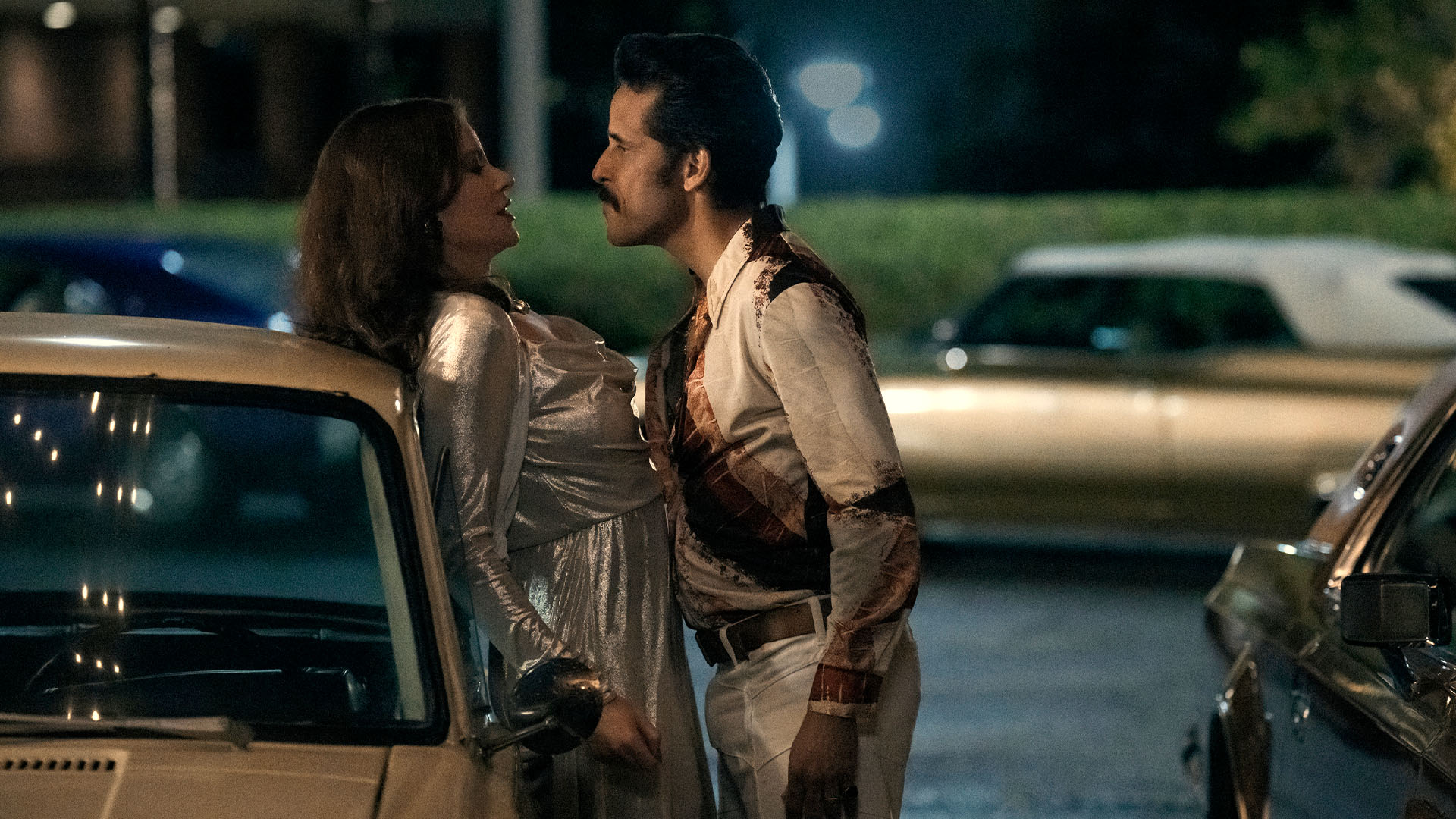
Griselda is Narcos reimagined as a female revenge tale. Not so much revenge on specific men, but on the entire patriarchal, exclusionary system that views women as trophies at best, and ball-and-chain obligations at worst. The US might have welcomed Blanco to Miami airport, but it is a country that funnels Latin American migrants into under-the-table, low-paid labour gigs and she has no illusions of grandeur when she arrives on a last-minute flight in desperate circumstances.
The team behind Griselda are primarily Narcos alum: director Andrés Baiz, producers Eric Newman (along with Vergara) and writers Doug Miro and Ingrid Escajeda.
Like Narcos, Griselda is grisly. Shot in cool tones of blue and purple, there’s a constant sense of doom and drama hovering in the atmosphere. There are close-up shots of knives through skulls, chests ripped open by bullets, bleeding wounds, and baseball bats to broken bones.
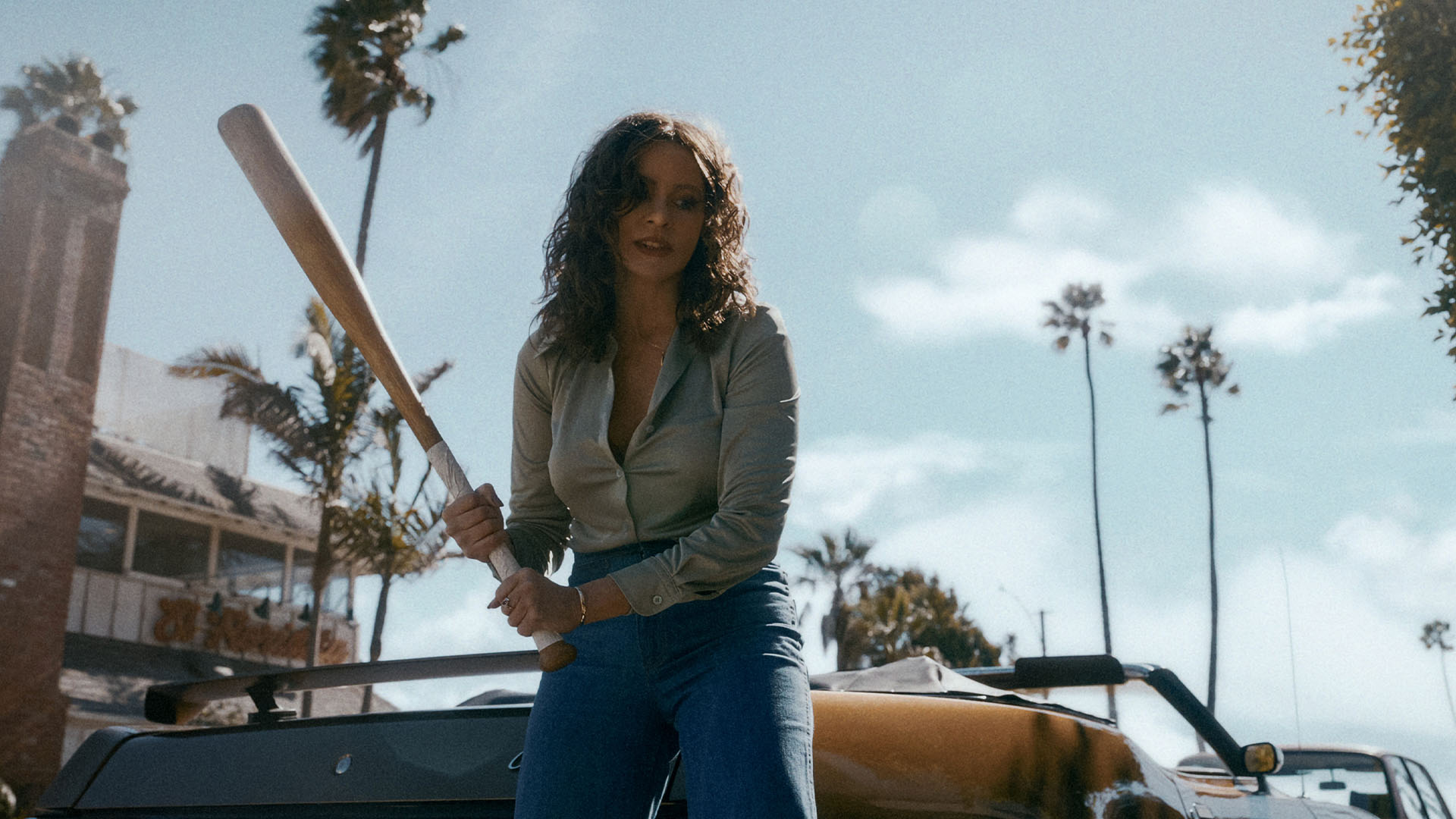
In contrast, the late 1970s fashions of Miami’s glamorous set are irresistible to the eye. It’s a Gucci ad come to life, even. Think tight, white denim pants that flare from the kneecap to the ankle, wide lapel shirts, aviator sunglasses with lens that are bigger than drink coasters, snakeskin boots, gold chains, silk lame dresses that cling to every inch of flesh. There’s silver, gold, and animal print glistening from every scene. It’s so wonderful it borders on grotesque.
The hyper-coloured, OTT visuals are perfectly attuned to the series itself. As beautiful, brutal and overblown as the whole story and characters are, this is not a tale of a heroic woman taking on the patriarchy and succeeding. This is a tale of a woman in desperation; of being abused, assaulted and abandoned but having so few choices that drugs are seemingly the only way to pay for her children to eat. It’s a tale of a woman recklessly risking her life—over and over again—because once you’re in the system of supplying narcotics, your only way out is six feet down.
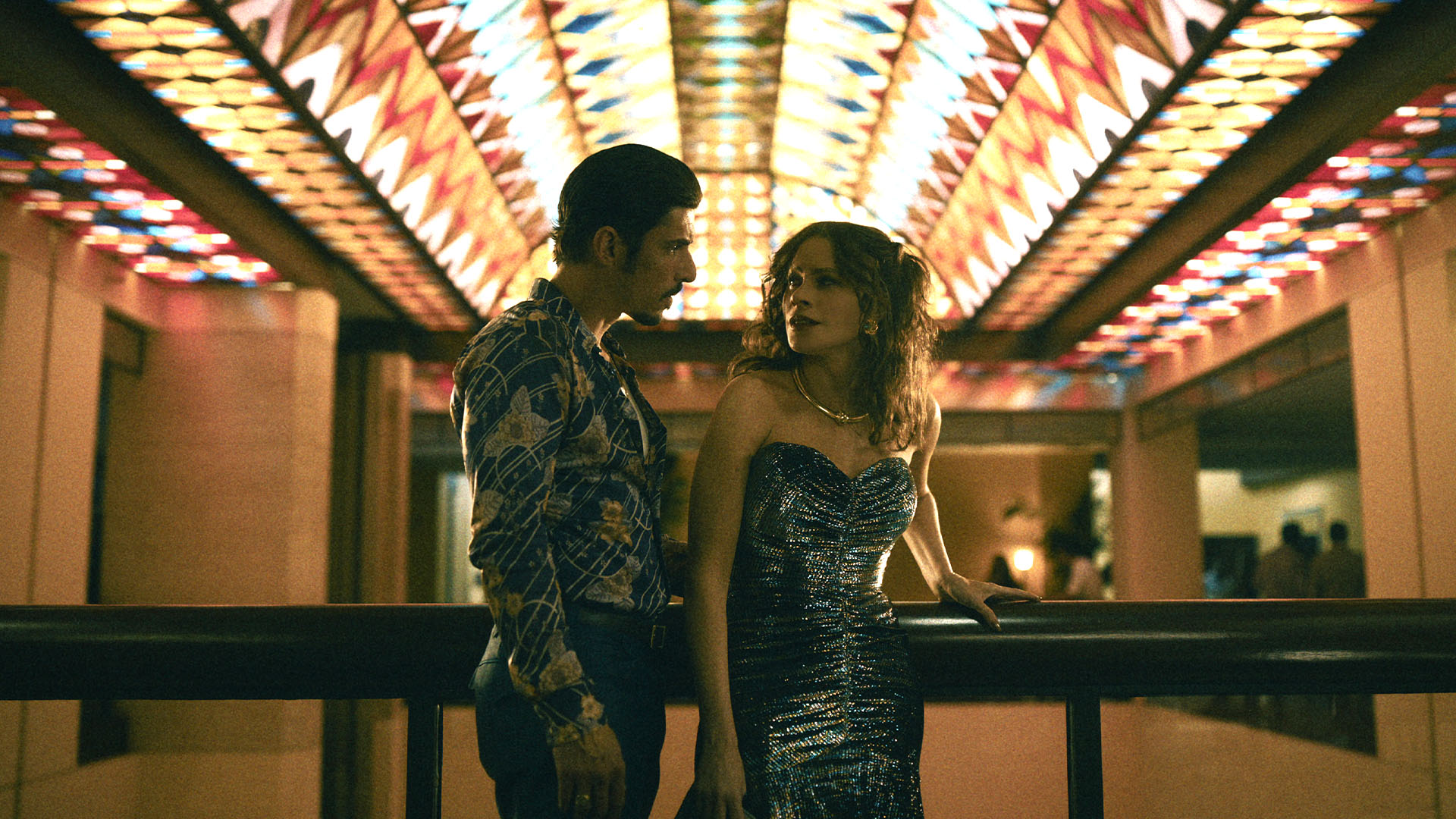
Two of the most memorable aspects of Griselda are the spectacular fashion and the fascinating, chameleonic relationship between Rivi (Martin Rodriguez) and Griselda. Griselda is married to the suave, cool-tempered Dario (Alberto Guerra). Dario represents security, the yin to Griselda’s increasingly fiery yang. On the other hand, Rivi is a wild card. As the snake-hipped, seductive Rivi, San Juan-born Argentinean actor Rodriguez smoulders on screen, but it is the mystery of his relationship with Griselda that keeps viewers guessing. Is he going to betray her, kill her, steal her empire or seduce her? Likewise, will she trust him, even fall in love with him, at her peril?
Costume designer Sarah Evelyn Bram, whose work on the series Hollywood earned her an Emmy nomination in 2020, dressed the curvaceous Vergara in an array of Halston-style wrap dresses, cleavage-bearing V-neck, glittering gowns, and broad-shouldered, tailored suits boasting draped, wide leg pants and waist-nipping belts. While Griselda’s fashion takes a leaf from Bianca Jagger circa 1970, Rivi’s style emulates the grizzled glamour of Led Zeppelin or T-Rex frontman Mark Bolan. His burst of messy curls, tight-legged bell bottom jeans and fitted shirts are heavily embellished with layers of rings and necklaces.

Rodriguez tells Flicks, “When I watched the first season of Narcos, I really wanted to work on that kind of project. For the first time, that was a narcos show well done.”
Bram—also a fan of the original Narcos—adds, “I’ve always been a 1970s lover, and it was 1970s to 1980s in Miami. I love the whole story of how Miami was built by the cocaine industry, and Griselda may well have had a hand in building Miami as we know it today.”
Bram explains, “Sofía was very into vintage, she really entered her character through the feel of the vintage fabric, the shoes. She is very into the original Diane Von Furstenberg. That’s what she’s wearing in one of the first scenes where we’re just meeting her. Once we got in the fitting with Sofía, I was thinking about glamorous and badass women, like Gena Rowlands’ movie Gloria with a bit of Cher and Cybil Shepherd: gritty and elegant. The original Diane Von Furstenberg [dresses] were bought from vintage vendors. We said, ‘Get us ALL the Diane von Furstenberg in all of America!’”
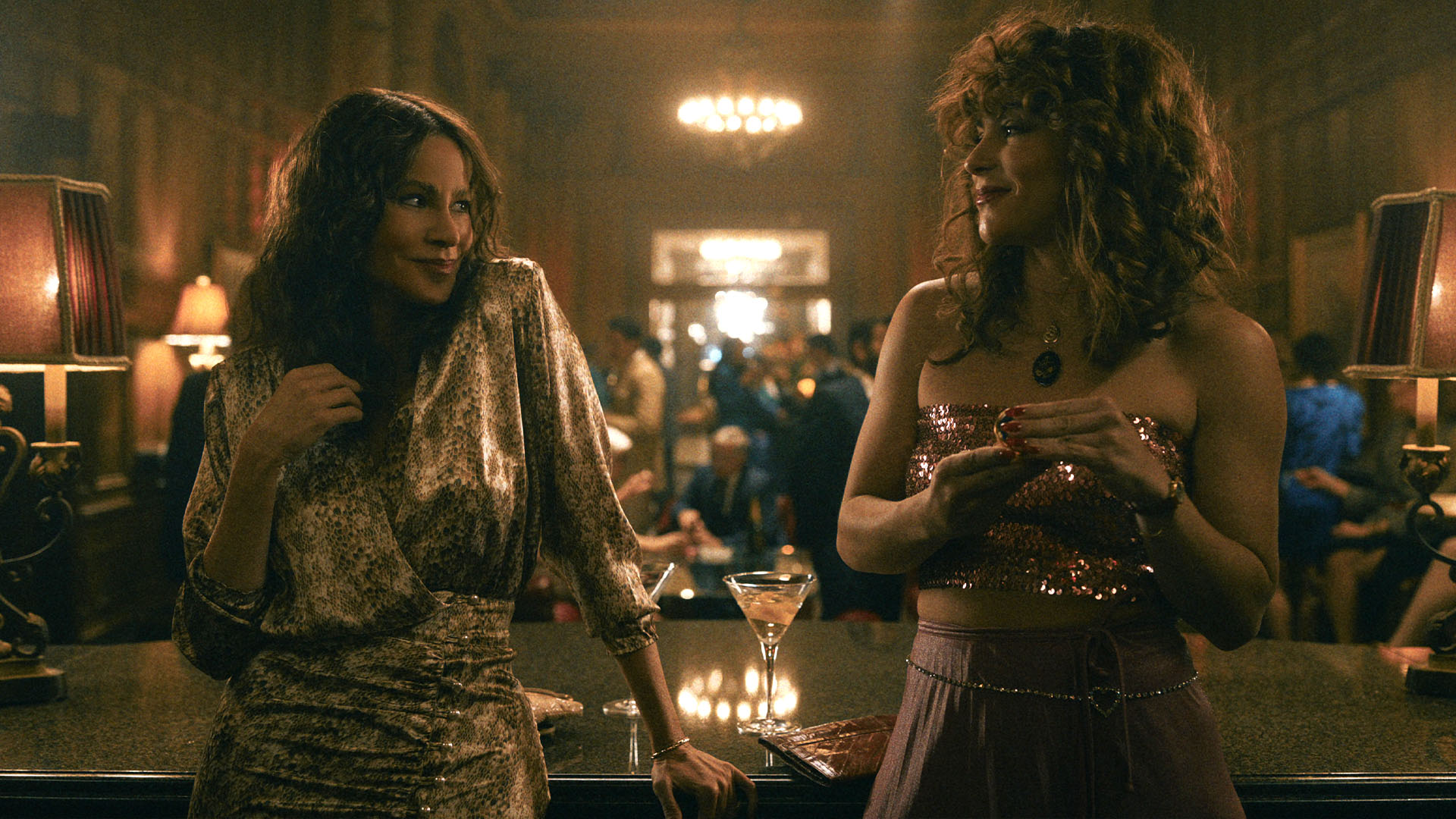
Equally as fashion-forward, Rivi resembles a rockstar.
“Before we met Martin, I’d seen him and felt like he was ‘Jim Morrison-esque’, says Bram. “When we met Martin, I realised he could pull any look off. Neck scarves were amazing on him. He’s a little bit rockstar, but rock’n’roll gritty. He’s got a bit of a feminine side, so pink looks amazing on him. He wears clothes rather than clothes wearing him. We got to dress him in some really amazing, crazy 1970s stuff.”
For Bram, who lived in Mexico for several years in her mid-20s, and Argentinian-born, Madrid-based Rodriguez, Griselda was a rare opportunity to make an American television show that puts Latin actors and language on display.
“So many of the actors were Colombian, Mexican and Argentinian. Being able to work in both Spanish and English, and work with those really fantastic actors and this really enhanced, global feeling was life-changing,” says Spanish-fluent Bram.
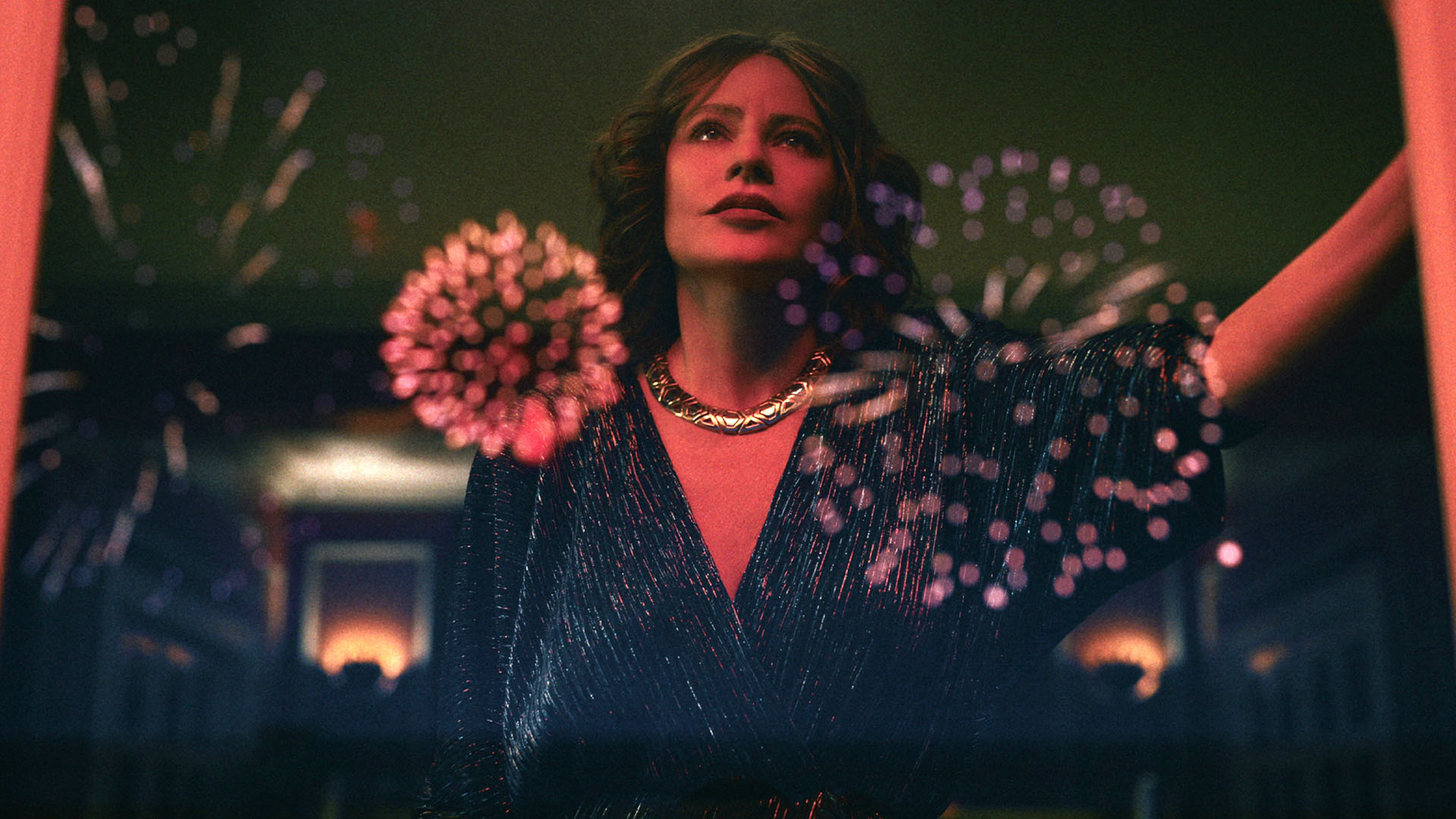
Rodriguez says, “The very nature of Rivi demanded a certain eccentricity in his image, his body, and his ambiguous behaviour. I needed to compose a character with enormous empathy. He’s a killer, so you might see a bad guy, but I needed to compose him out of empathy. There’s a danger of [racial, cultural] stereotypes, but no matter what you do, you have to fight against that. If you dedicate yourself to an artistic responsibility, that’s your main responsibility and if you’re authentic, and you find a purpose in what you’re doing, then you won’t bore your audiences with stereotypes.”
He concludes, “You can see documentaries about narcos, but fiction has the ability to delve into the lives of those characters living in that period. The Griselda characters, mostly, are based on real people so it’s fun, it’s interesting to recreate those characters for entertainment.”



